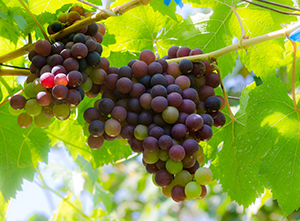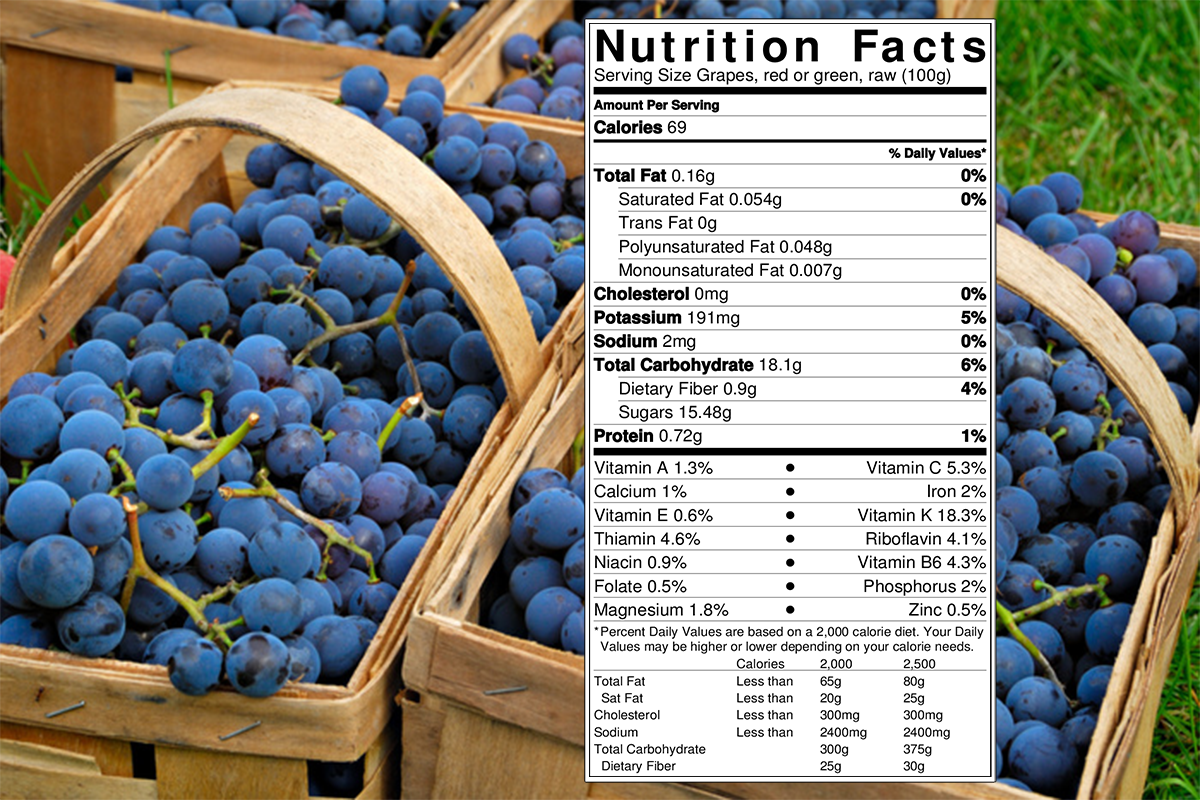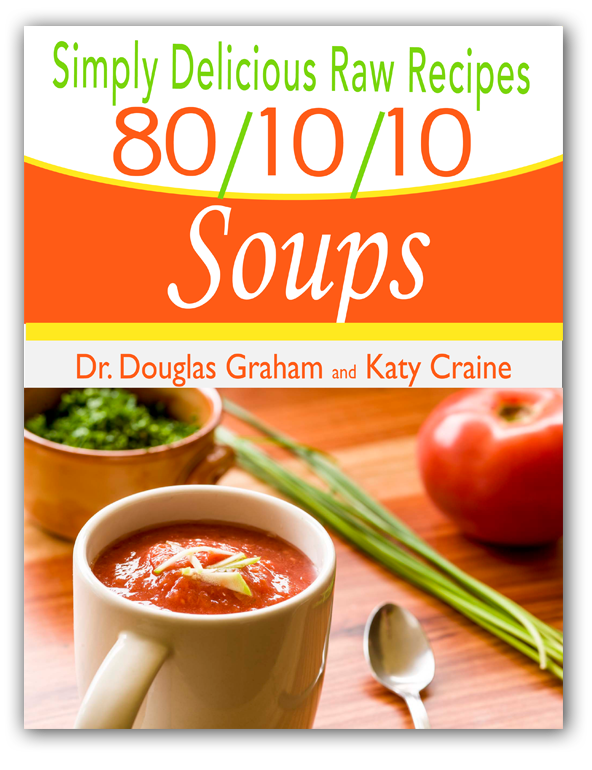
100g raw canistel contains 69 calories.
94% carbs, 2% fat, 4% protein
Did you know that some grape vine root stocks have been found in China that date back to before the great ice age? That’s how long grapes have been cultivated by mankind and wherever they’ve grown, grapes have been harvested to be eaten fresh, dried to sustain people through the long winter months or turned into wine for both social and religious occasions. Yes, grapes have
a very special relationship with humans.
Grape flavor is related to degree of ripeness. Grapes do not continue to ripen after harvest so harvest timing is critical. Flavor in table grapes is dependent on varietal character and the ratio of sugar to acid.
In the United States, convenience reigns, and in California, where 97 percent of American table grapes are grown, “neutral-flavored” grapes like Thompson and Flame, sweet but bland, dominate production, largely because they are seedless and hold up well to long-distance shipping.
Now the best of both worlds is becoming available as two promising seedless muscat varieties are starting to appear at markets, and other full-flavored seedless grapes are being hybridized from East Coast and West Coast varieties.
The most widely available newcomer is Sweet Scarlet, an oval, raspberry-red grape with crisp flesh and a light muscat flavor bred by David W. Ramming and Ronald E. Tarailo of the United States Department of Agriculture. It was introduced in 2004 and this year’s harvest, the first substantial one, runs through the third week in September. In the Northeast, it is being sold as “Red Muscato”.

Another seedless muscat, a purple variety named Jupiter, was introduced by John R. Clark of the University of Arkansas in 1998, but never caught on commercially in the East or Midwest.
Recently, however, growers in southwestern Idaho have planted it as part of a program to find crops to replace unprofitable apples in an area previously thought to have winters too cold for thin-skinned, seedless grapes. But with summer weather that is hot in the day and cool at night, the area turns out to produce outstanding grapes, with a good balance of sweetness and acidity.
The harvest of Jupiter, a hybrid of Eastern and Western grapes with firm flesh and great flavor, starts there in early September and runs into October.
A Few More Varieties:
Thompson Seedless (also called Sultana grapes – that’s where sultanas come from): The most widely eaten grape, a medium to oval-shaped grape, have a light green skin and are very sweet and juicy, and have no seeds.
Flame Seedless: A medium-sized, round, dark red grape with a firm flesh and a slightly tart taste.
Red Globe: A very large, round red-skinned grape with large seeds and a very sweet taste.
Muscat: A medium-sized grape that is oval in shape with seeds. Usually have a blue, black skin and soft juicy flesh with seeds.
Black Muscat: Similar to the muscat and are a medium-sized, round, black grape. Has a terrific fruity flavor with soft, juicy flesh with seeds.
Grape Recipe: Grape-Celery Soup
Ingredients:
Seedless grapes
Celery
Directions:
Blend both ingredients together and enjoy!








